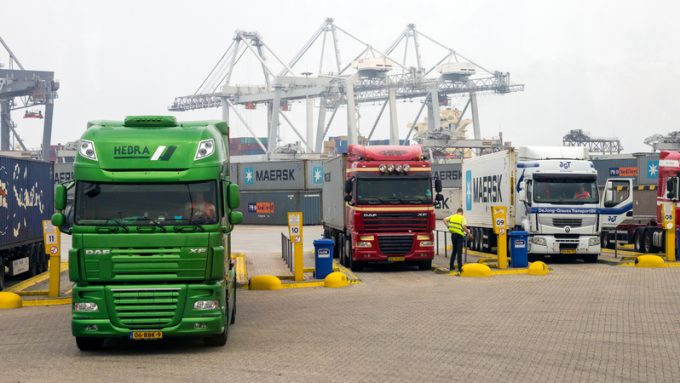Hauliers add surcharge for collections from congested London Gateway
Container haulage firms serving London Gateway in the UK have begun to introduce a £150 ...

Global port industry players met in person for the first time in two years at this week’s TOC conference in Rotterdam, and opinion diverged on whether the congestion crippling terminal operations worldwide could end anytime soon.
Eleanor Hadland, senior ports & terminals analyst at Drewry, told ...

Comment on this article